
Germany has produced some of the most influential sports cars the world has ever seen. From wild rally machines to futuristic supercars, these models shaped motorsport, engineering, and car culture across continents. Here is a fresh look at the legends that continue to excite collectors and performance fans everywhere.
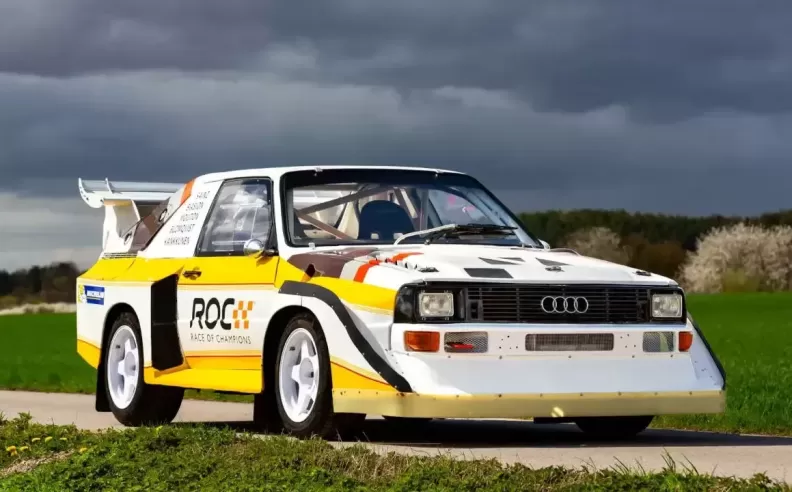
The Audi Sport Quattro S1 became a motorsport icon thanks to its fearsome power and explosive rally presence. Built for the Group B era, it used a short wheelbase and a compact body for maximum agility. Its 2.1 liter turbocharged five cylinder engine produced up to 540 horsepower, pushing the car from zero to one hundred kilometers per hour in about three seconds. The use of Kevlar panels kept the weight around one thousand ninety kilograms, while the quattro all wheel drive system gave the S1 unmatched traction on gravel, snow, and tarmac. The car achieved global fame when Walter Rohrl stormed Pikes Peak with it, setting records and cementing the S1 as one of the most extreme machines of its time. Only around forty units exist today, which makes it incredibly rare and valuable among collectors in Europe and the United States.
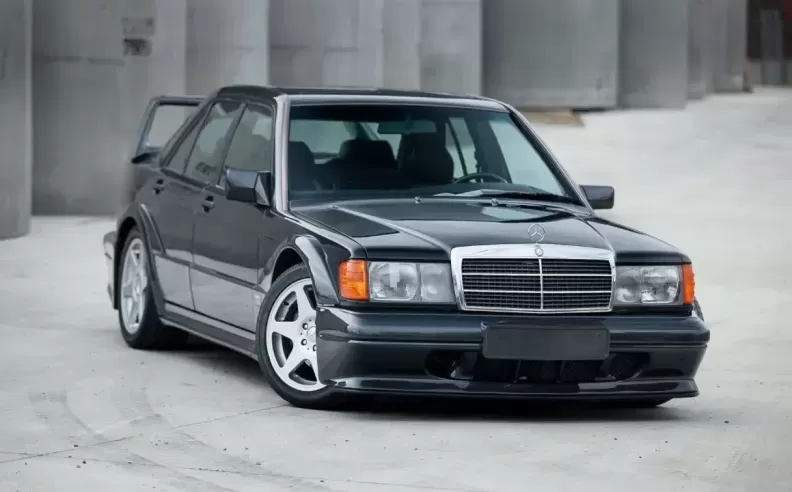
The Mercedes Benz 190E Evo II earned its reputation as a scientific masterpiece disguised as a compact sedan. Its large rear wing and extended fenders were tested in a university wind tunnel to create real downforce long before active aerodynamics became common. Under the aggressive exterior sat a 2.5 liter four cylinder engine tuned by Cosworth that delivered 232 horsepower at high revs. Built in 1990 as a homologation model for DTM racing, only 502 cars were produced. On the track it fought one of the greatest rivalries in touring car history against the BMW M3. Racing versions pushed output to more than 360 horsepower, helping drivers like Bernd Schneider secure major victories. Today the Evo II is seen as one of the most collectible Mercedes models worldwide thanks to its motorsport pedigree and unmistakable design.
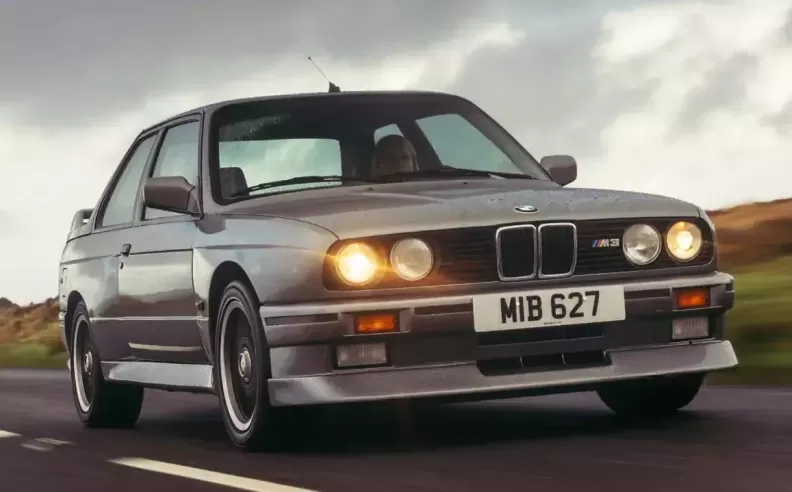
The BMW M3 E30 continues to be celebrated for its direct steering feel, lightweight balance, and mechanical character. Developed as a racing homologation model, it featured a 2.3 liter four cylinder engine that made around 200 horsepower in road form. What made the E30 special was not sheer output but precision. The chassis delivered exceptional communication, turning every corner into a rewarding experience. Race cars based on the E30 dominated touring championships worldwide, including five DTM titles and multiple Nürburgring endurance wins. With around seventeen thousand units produced, clean examples are now highly prized by collectors who want a sports car that is both historic and deeply engaging to drive.
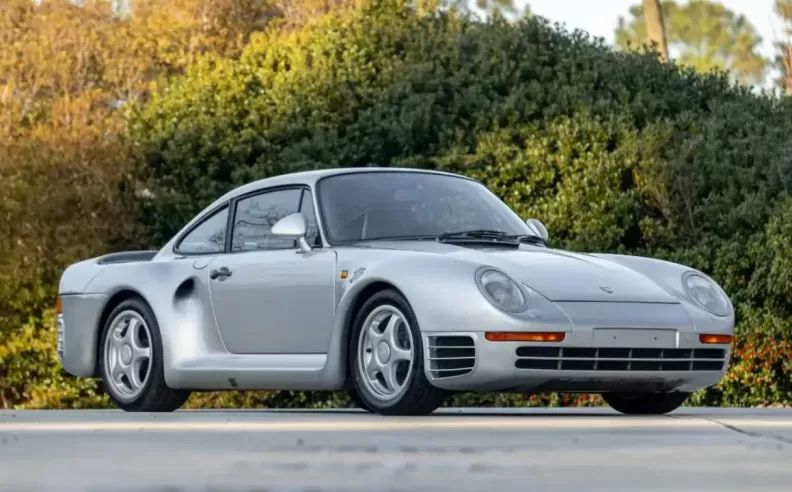
The Porsche 959 became a technological milestone when it launched in the nineteen eighties. It featured twin turbocharging, adjustable suspension, and an advanced all wheel drive system that predicted traction needs in real time. Powered by a 2.85 liter flat six making 450 horsepower, the 959 achieved a top speed close to 320 kilometers per hour, making it the fastest production car of its time. Its body used Kevlar, magnesium, and aluminum to reduce weight and improve rigidity. Porsche also introduced features like tyre pressure monitoring and early torque control through the drivetrain. The 959 proved its durability by winning the Paris Dakar Rally, showing that high technology and extreme conditions could coexist. With only 292 cars built, it remains one of the most coveted Porsche models both in Europe and the United States.
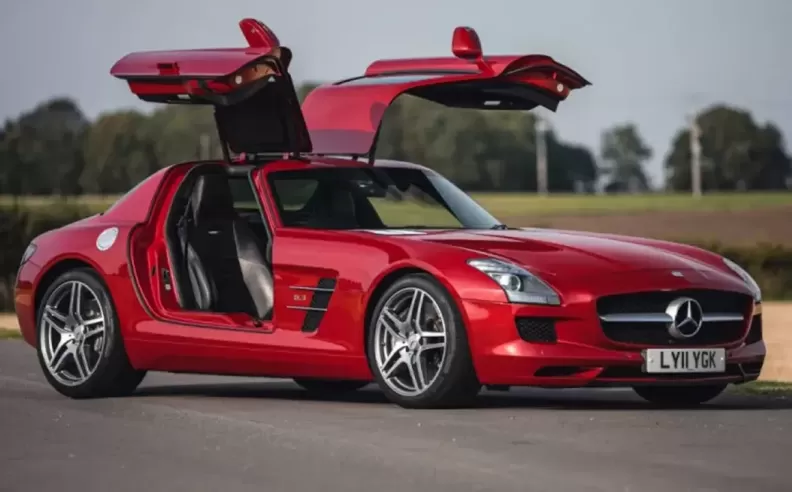
The Mercedes Benz SLS AMG revived the classic spirit of the 300 SL with its dramatic upward opening doors and long front engine design. Its hand built 6.2 liter V8 delivered 563 horsepower and produced a sound many enthusiasts still describe as one of the best ever created by a naturally aspirated engine. The SLS could accelerate from zero to one hundred kilometers per hour in 3.8 seconds and reach a top speed of around 317 kilometers per hour. The aluminum spaceframe provided stiffness without unnecessary weight, giving the car a responsive feel on both road and track. AMG later released a Black Series model with even more power and a rare Electric Drive version that previewed the future of the brand. The SLS remains a modern collectible thanks to its design, performance, and connection to Mercedes heritage.

Started my career in Automotive Journalism in 2015. Even though I'm a pharmacist, hanging around cars all the time has created a passion for the automotive industry since day 1.

